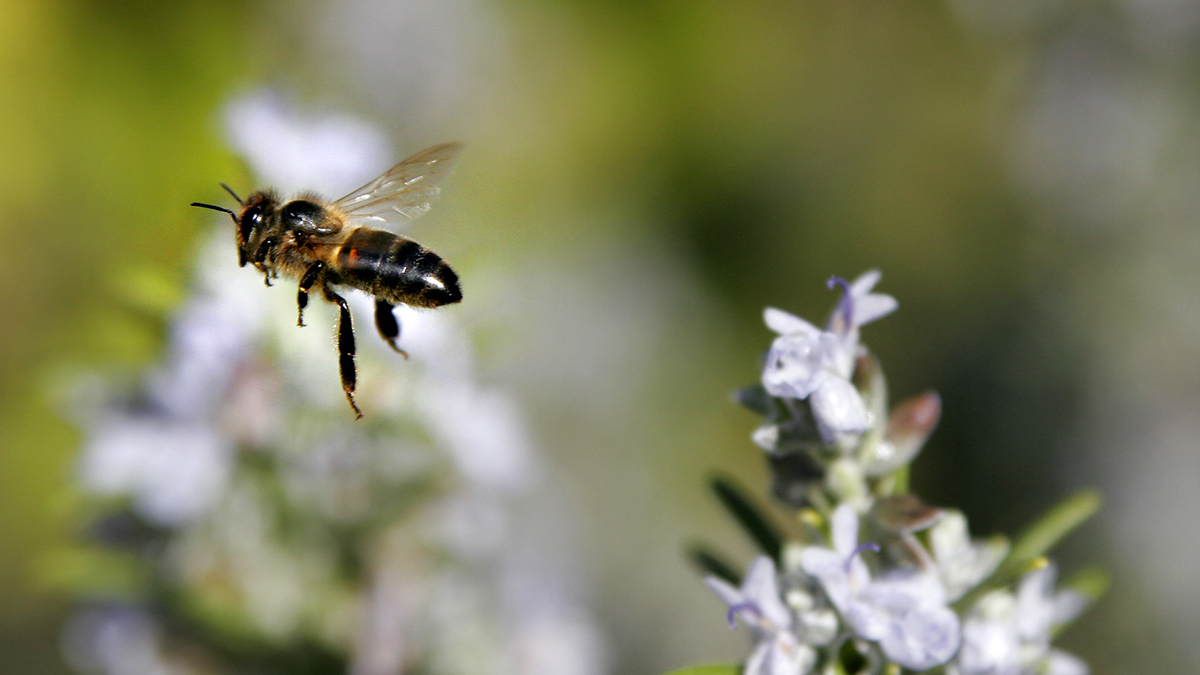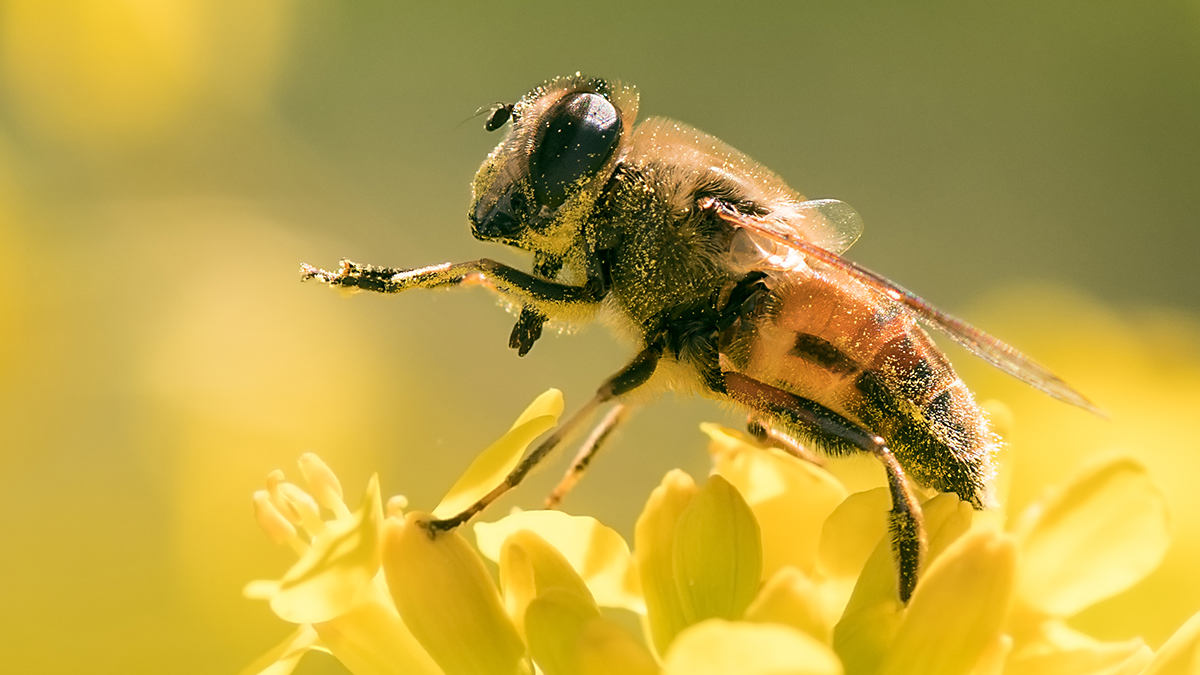Fine particulate matter in the atmosphere reduces the degree of polarization of sunlight, which insects use to guide themselves home.
bees
Posted inNews
Pollination Plummeted 31% in Polluted Fields
Air pollution levels below “safe” limits (and lower than those commonly found in cities) led to a significant decrease in pollination by 10 common insects.
Posted inNews
Rock-Chomping Bees Burrow into Sandstone
A previously unknown species of rock-excavating bees, discovered 40 years ago but not reported in the scientific literature, finally gets the spotlight.
Posted inNews
Climate Change Freezes Mountain Wildflower Reproduction
New research provides evidence that plants that flower earlier in the year because of climate warming experience more frost damage and have less reproductive success.




